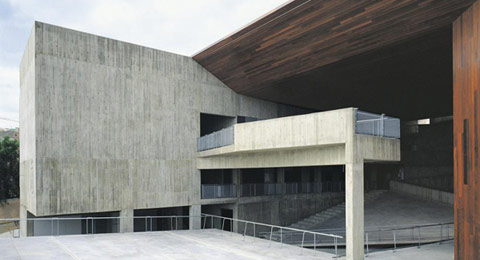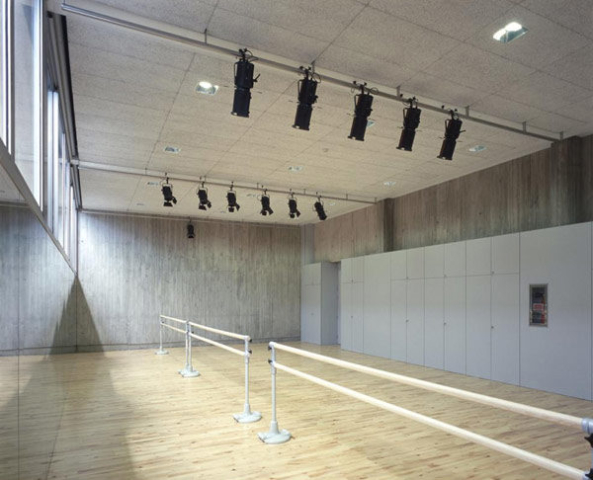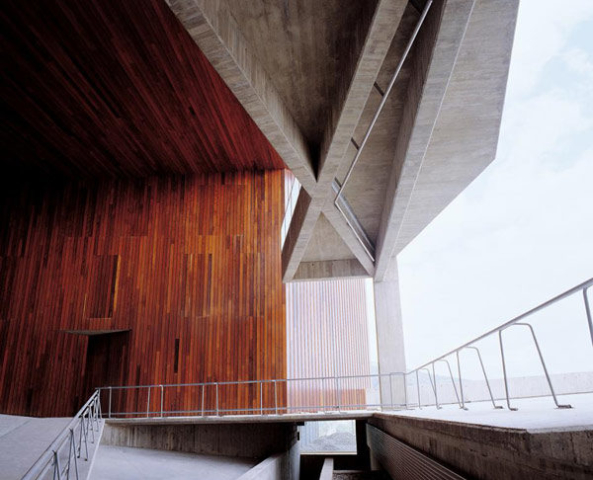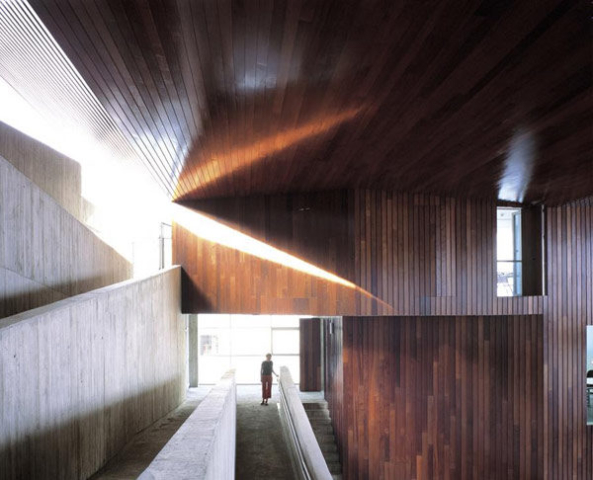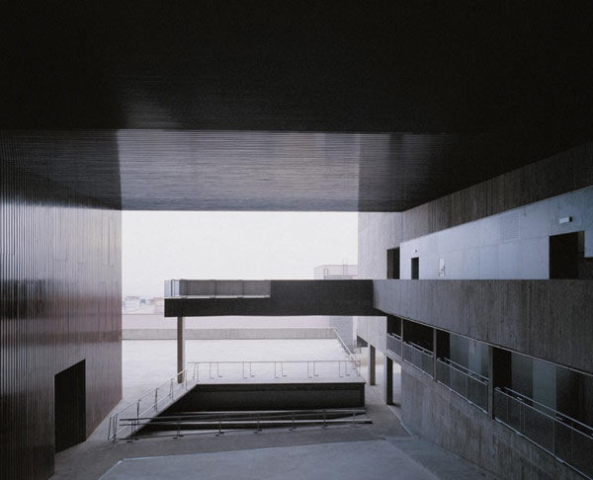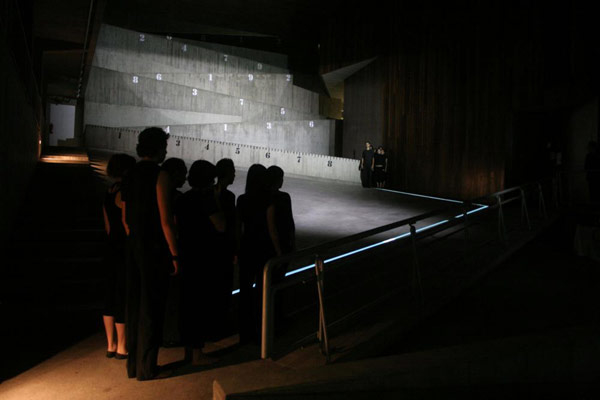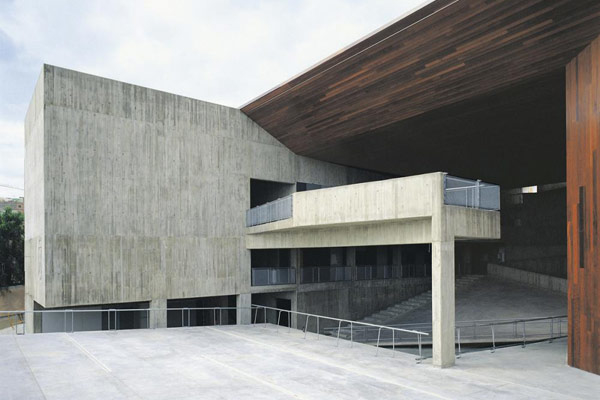Arhitekti: gpy arquitectos – Juan Antonio González Pérez, Urbano Yanes Tuña
Lokacija: El Ramonal, Santa Kruz de Tenerife, Tenerife, Španija
Klijenti: Ostrvsko veće Tenerife + Vlada Kanarskih ostrva: Ministarstvo obrazovanja, kulture i sporta
Saradnici: Félix Perera Pérez,Gustavo García Báez, Constanze Sixt
Konstrukcija: Martínez Segovia, Fernández, Pallas y Asociados
Preduzimač: Necso Entrecanales Cubiertas, S.A.
Izgrađena površina: 3360 m2
Tehnički projektant: Luis Darías Martín
Tehnički građevinski inženjer: José Miguel Navarro
Fotografije: Teresa Arozena, Miguel de Guzmán, Roland Halbe, Efraín Pintos, Joaquín Ponce de León
Samo područje ima izuzetan pogled na grad, planine (Macizo de Anaga) i more. Da bi u potpunosti iskoristili potencijal pejzaža iskorišćena je drastična razlika u visini terena i ulice odmah pored kako bi se ostvarila visina krova koja odgovara nagibu ulice i sadržaji su raspoređeni ispod ovog nivoa.
Javnost sagledava ovaj objekat kao veliku pozornicu sa gradom i pejzažom kao pozadinom.
Osnovna ideja pozornice kao scenskog prostora je, u ovom slučaju, u vezi sa elementima svakodnevnog života: ulicom, gradom u kome akcija, kako se razvija, definiše prostor predstave.
Unutrašnje dvorište, nastalo trodimenzionalnim savijanjem drvene površine krova, definiše kosa površina koja se prilagođava blagom nagibu terena, i osmišljena je kao „scenska kutija“ koja afirmiše samu sebe i kao geografsku i kao socijalnu referentnu tačku objekta.
Cik-cak oblikovani sistem rampi-ruta prolazi kroz dvorište i povezuje različite scenske prostore objekta.
Location: El Ramonal, Santa Cruz de Tenerife, Tenerife, Spain
Clients: Tenerife Insular Council + Canary Islands Government: Education, Culture and Sports Council
Collaboration: Félix Perera Pérez,Gustavo García Báez, Constanze Sixt
Structural Engineering: Martínez Segovia, Fernández, Pallas y Asociados
Contract: Necso Entrecanales Cubiertas, S.A.
Constructed Surface: 3.360 m2
Technical Architect: Luis Darías Martín
Technical Industrial Engineer: José Miguel Navarro
Photographs: Teresa Arozena, Miguel de Guzmán, Roland Halbe, Efraín Pintos, Joaquín Ponce de León
In the area there is an exceptional view of the city, the mountains (Macizo de Anaga) and the Sea. In order to take full advantage of the landscape potential, the considerable difference in height between the terrain and the adjacent street is used to make the height of the roof correspond with the slope of the street, arranging the uses of the programme below this level.
The public image of the building is that of a large stage, with the city and the landscape as the background scene.
The essential idea of a stage as scenic space is, in this case, related to elements of everyday life: the street, the city in which the action, as it unfolds, will define the space of representation.
The interior patio, generated by three-dimensional folding of the wooden surface of the roof, is defined as an inclined surface, which adapts to the slight slope of the land, and conceived of as a „scenic box“, that affirms itself as the buildings geographical as well as social reference point.
A zig-zag shaped ramp route system crosses the patio and connects the different scenic spaces of the building.


